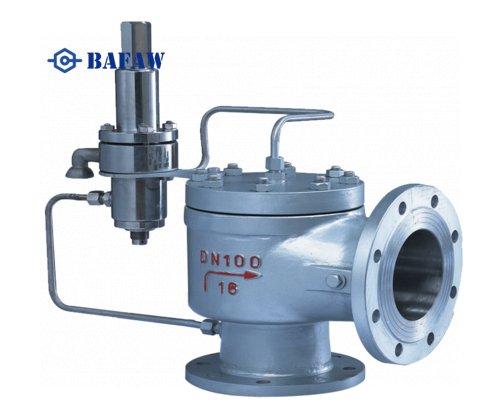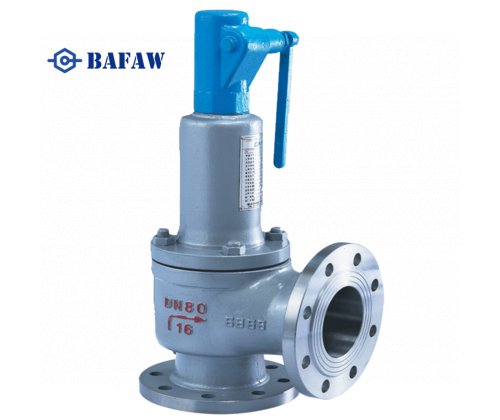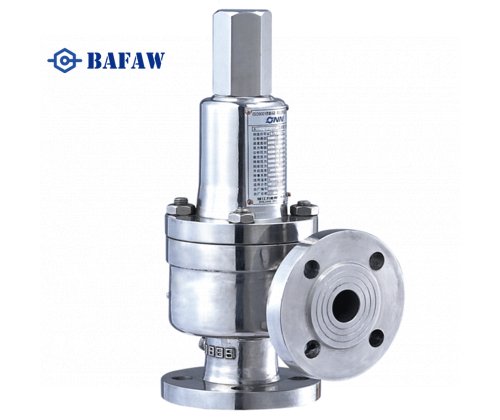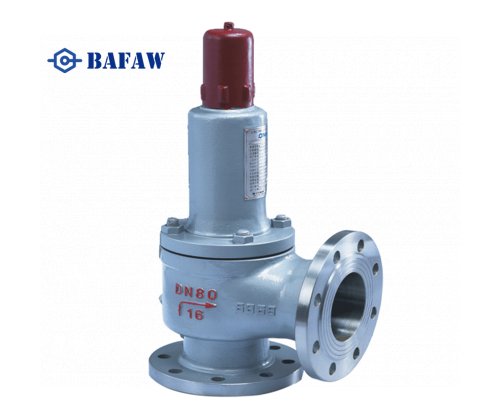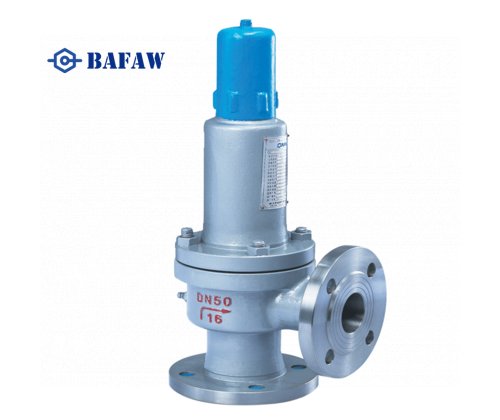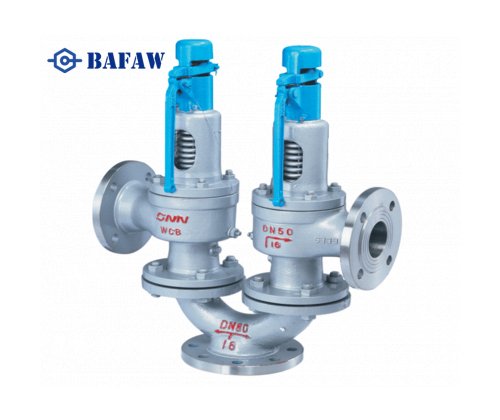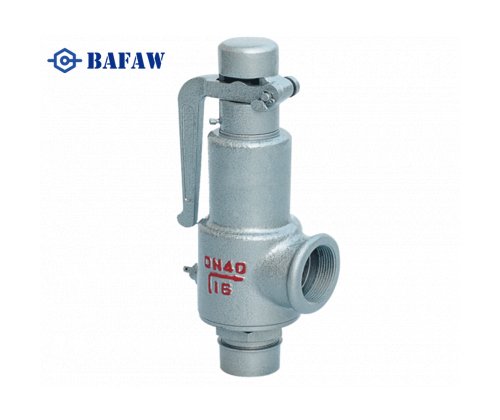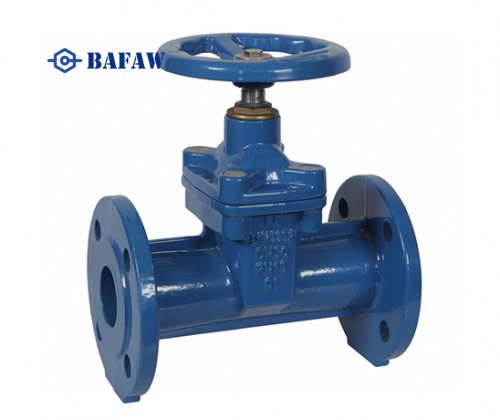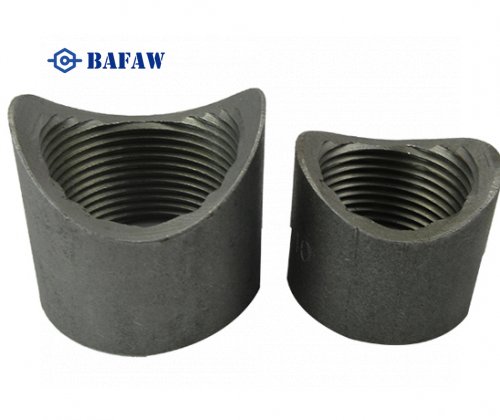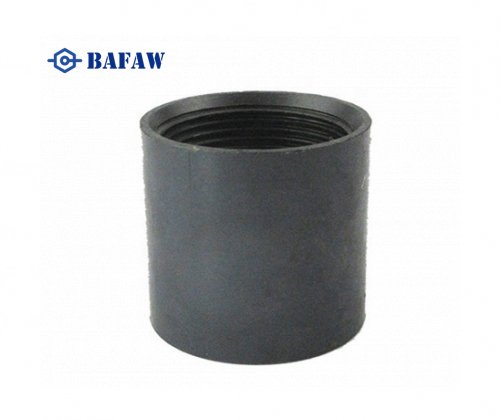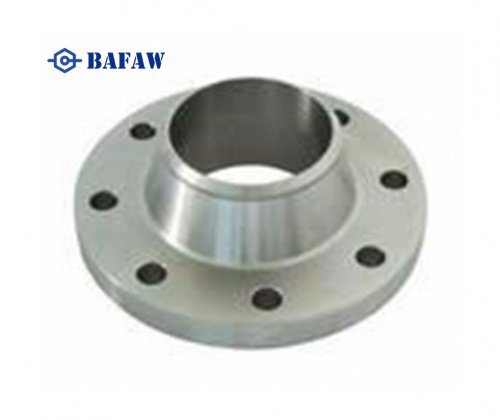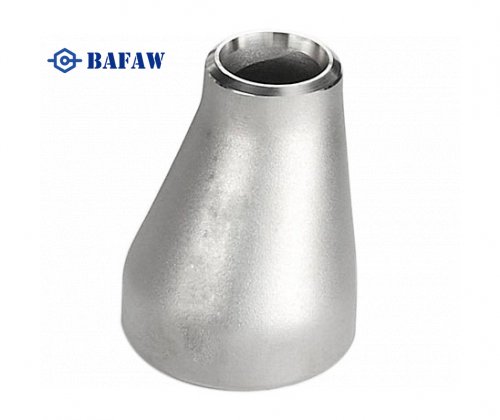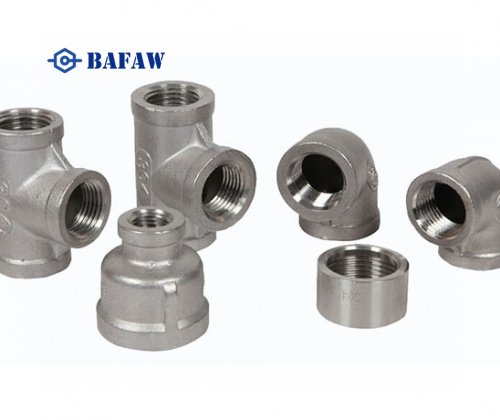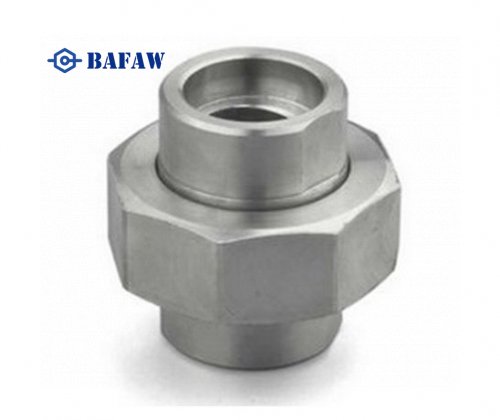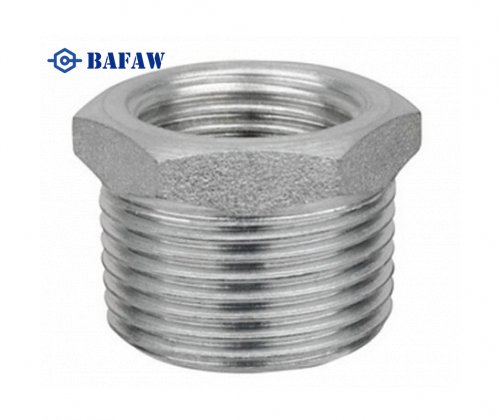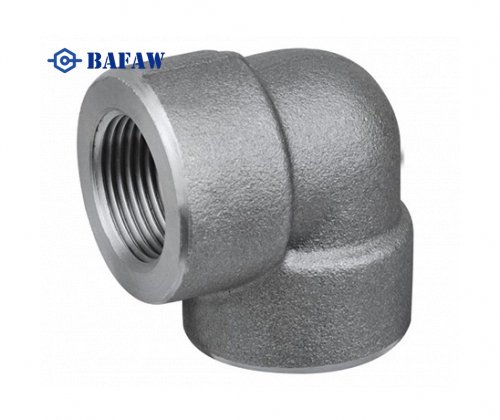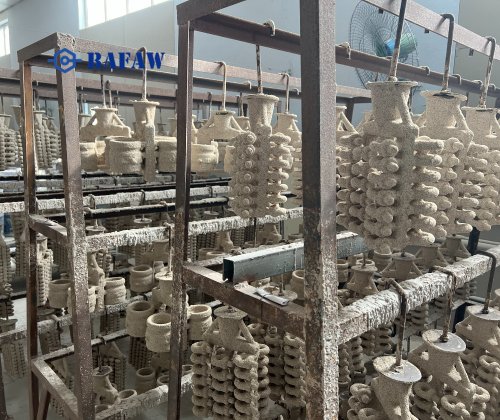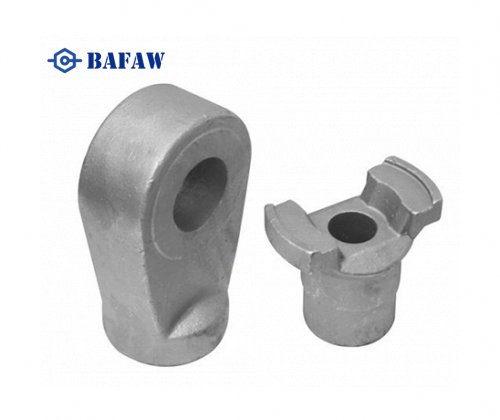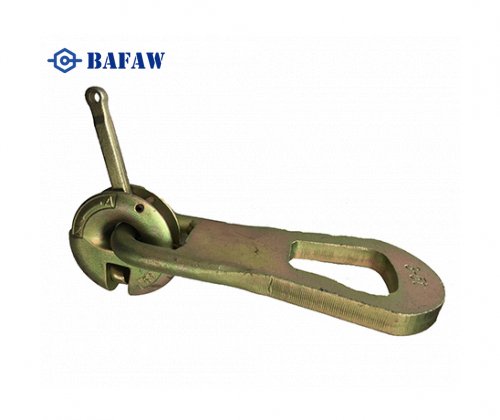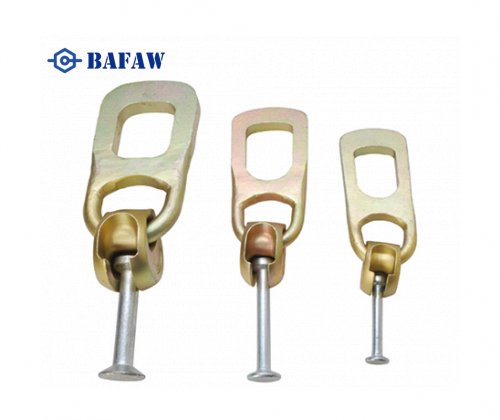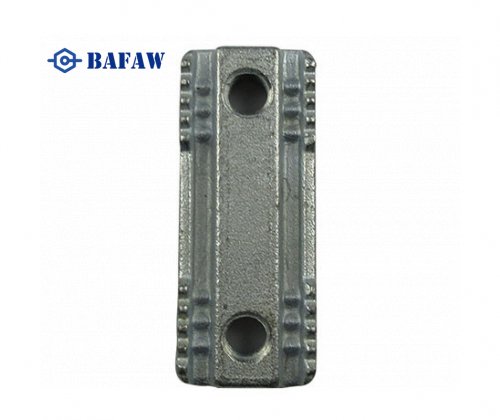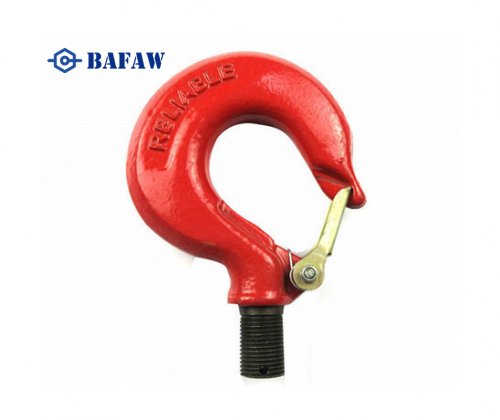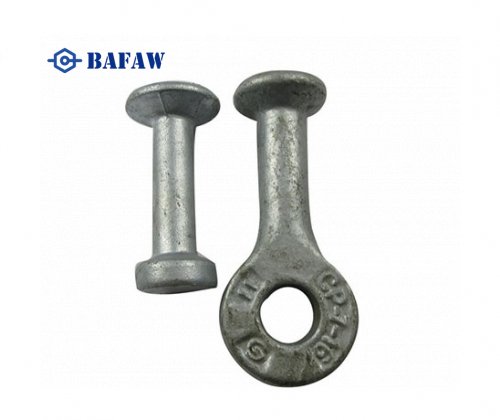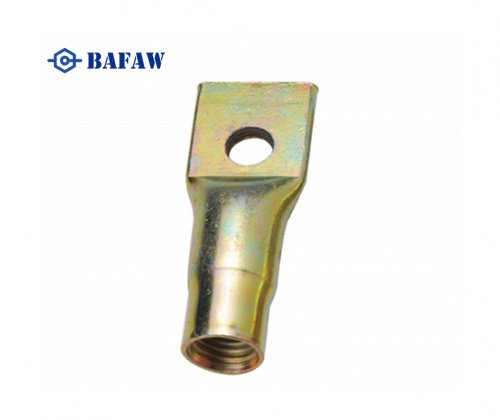The valve is a crucial component in the fields of mechanical and engineering, with its significance and function being multifaceted. Firstly, valves are employed to control and regulate the flow of fluids (liquids, gases, or mixtures). By opening, closing, or partially opening valves, the flow rate and pressure of fluids can be controlled to meet the requirements of different processes or systems. Furthermore, the proper functioning of valves ensures the safe transportation and handling of fluids within systems. In high-pressure or high-temperature environments, valves act to protect pipeline systems from overload or sudden pressure changes, thus preventing accidents and damage. Therefore, understanding and correctly utilizing valves are paramount across various engineering and application domains.

Common Valve Issues
Leakage
When a valve experiences leakage, compressed gas or liquid may escape from the valve body when it's closed. This leakage often results in the engine losing power because the cylinders fail to receive sufficient pressure to drive the pistons. Additionally, the engine might exhibit unstable idling due to the gas leakage affecting combustion stability, resulting in abnormal exhaust emissions caused by incomplete combustion, leading to fuel wastage and increased emissions.
Valve wear implies a decrease in the sealing performance between the valve and its seat, leading to a loss of cylinder pressure. In such cases, the engine may exhibit unstable idling as the cylinders fail to maintain normal pressure. Furthermore, decreased valve sealing performance may lead to increased engine noise, as gases may leak from around the valve.
When a valve bends, it may fail to fully close or open, resulting in abnormal exhaust. Abnormal exhaust manifests as inefficient gas flow in the exhaust pipe, potentially generating unusual noises or exhaust sounds. Additionally, due to improper valve closure or opening, the engine may display unstable idling because of unstable gas flow. Moreover, increased engine noise may occur due to the valve's abnormal movements, resulting in additional vibrations and sounds from the engine.
If a valve jams, the cylinder's pressure may be affected, causing the engine to lose power. Power loss typically occurs because the cylinders fail to receive sufficient pressure to drive the pistons. Additionally, valve jamming may lead to unstable idling as cylinder pressure remains unstable, unable to maintain normal idle speeds. In terms of exhaust, abnormal exhaust may occur due to incomplete combustion or obstructed gas flow in the exhaust pipe, ultimately resulting in fuel wastage and increased emissions.
What are the consequences of a faulty valve in a pipework system?
Fluid leakage: this is the most common and dangerous consequence. Leakage will not only cause economic losses, but also may cause fire, explosion or environmental pollution and other safety accidents. Chemical plant valve leakage accidents will cause a large number of toxic gas leakages, or the consequences are unimaginable.
Reduced system efficiency: the valve can not be normal switch will lead to fluid flow, pressure control failure, affecting the efficiency of the entire system. Oil pipeline projects, if a key node of the regulator valve failure, will lead to oil transmission efficiency decreased by 20%.
Equipment damage: valve failure can cause water hammer, pressure fluctuations and other phenomena, causing damage to pipelines and other equipment. There have been cases of pipeline rupture due to water hammer caused by sudden valve closure.
Production interruption: In industrial production, the failure of a critical valve can cause the entire production line to shut down, resulting in huge economic losses.
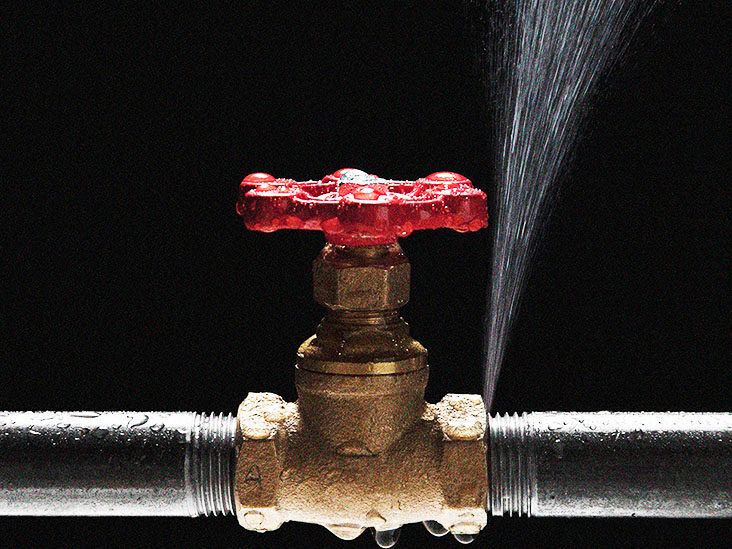
Bending
When a valve bends, it may fail to fully close or open, resulting in abnormal exhaust. Abnormal exhaust manifests as inefficient gas flow in the exhaust pipe, potentially generating unusual noises or exhaust sounds. Additionally, due to improper valve closure or opening, the engine may display unstable idling because of unstable gas flow. Moreover, increased engine noise may occur due to the valve's abnormal movements, resulting in additional vibrations and sounds from the engine.
Wear
Valve wear implies a decrease in the sealing performance between the valve and its seat, leading to a loss of cylinder pressure. In such cases, the engine may exhibit unstable idling as the cylinders fail to maintain normal pressure. Furthermore, decreased valve sealing performance may lead to increased engine noise, as gases may leak from around the valve.
Internal valve components like disks, shafts, and seats come into direct contact with fast-moving service fluids, leading to wear, erosion, and corrosion. These degradations, including wire drawing, cause valves to lose their sealing efficiency. Even though these components are optimized for media compatibility and durability, they still undergo wear and tear over time.
Jamming
If a valve jams, the cylinder's pressure may be affected, causing the engine to lose power. Power loss typically occurs because the cylinders fail to receive sufficient pressure to drive the pistons. Additionally, valve jamming may lead to unstable idling as cylinder pressure remains unstable, unable to maintain normal idle speeds. In terms of exhaust, abnormal exhaust may occur due to incomplete combustion or obstructed gas flow in the exhaust pipe, ultimately resulting in fuel wastage and increased emissions.

Detecting Valve Damage
Internal valve damage may be difficult to notice. However, technicians can inspect discs, seals, and seats during a scheduled process or plant-wide shutdown. Automated processes utilize condition-monitoring devices to monitor valve performance. Changes in valve performance indicate underlying defects, allowing production teams to plan a temporary shutdown. During this time, maintenance technicians can conduct further inspection and rectify the problem.
Key Indicators to Watch:
Valve Performance Changes: Monitored by condition-monitoring devices.
Scheduled Inspections: Look for damage during plant-wide shutdowns.
Temporary Shutdowns: Plan these if performance changes are detected.
By incorporating condition-monitoring devices and routine inspections, technicians can proactively address valve issues before they escalate into more significant problems. This not only ensures smoother engine performance but also minimizes downtime and maintenance costs.
Inspection and Maintenance
Scheduled Inspections: Internal valve damage may be difficult to notice. Inspecting discs, seals, and seats is typically possible during a scheduled process or plant-wide shutdown.
Condition-Monitoring Devices: Automated processes use condition-monitoring devices to track valve performance. Changes in performance can indicate underlying defects, allowing production teams to plan temporary shutdowns for maintenance.
Inspection Frequency: Comprehensive inspections of internal valve components should be conducted at least once a year. Severe service valves and gas ball valves require more frequent inspections to ensure seats and seals are in perfect working condition.
Component Replacement
The valve trim contains detachable and replaceable mechanical components. Any components showing signs of fatigue must be replaced immediately. Key areas to inspect include disc connection points, return springs, and the thickness of the flow control mechanism (ball, disc, or gate)

Seal Replacement
Non-metallic seals age over time, becoming brittle or even rotting. The ease of replacing these seals depends on the valve design:
3-Piece Ball Valves: These have two detachable end caps and a central section, making seal replacement quicker and easier.
2-Piece Ball Valves: These often require removal from the line for maintenance, as the end caps are not detachable.
By understanding and addressing the wear and tear on internal valve components, you can maintain optimal performance and extend the lifespan of your equipment.
How to Inspect Water and Gas Valves for Damage or Issues?
Shut off Water/Gas Supply
Before beginning the inspection, ensure the water or gas supply is shut off to prevent water or gas flow to the inspection area.
Visual Inspection
Examine the appearance of the valve, including the valve itself, valve body, and surrounding pipes.
Look for any obvious damage, rust, leaks, or blockages. Pay particular attention to signs of water stains, leaks, or gas leaks.
Operate the Valve
Open and close the valve to ensure smooth operation without sticking or abnormal resistance.
Note any unusual sounds, such as grinding or friction noises, which may indicate impurities or damage inside the valve.
Check Valve Seal
Open the valve to allow water or gas flow, then close the valve.
Observe for water drips, water stains, or gas leaks when the valve is closed, indicating poor valve sealing.
Gently touch around the valve to check for any dampness or moisture.
Inspect Pipe Connections
Check the connections of pipes around the valve for signs of leaks, cracks, or looseness.
Pay special attention to pipe connections for water leaks or gas leaks, which may require replacing gaskets or tightening connections.
Use Pressure Gauge for Testing
If valve issues are suspected, use a pressure gauge for testing.
Connect the pressure gauge to the valve, open the valve, and observe the gauge readings. Unstable or abnormally high pressure may indicate valve issues.


















